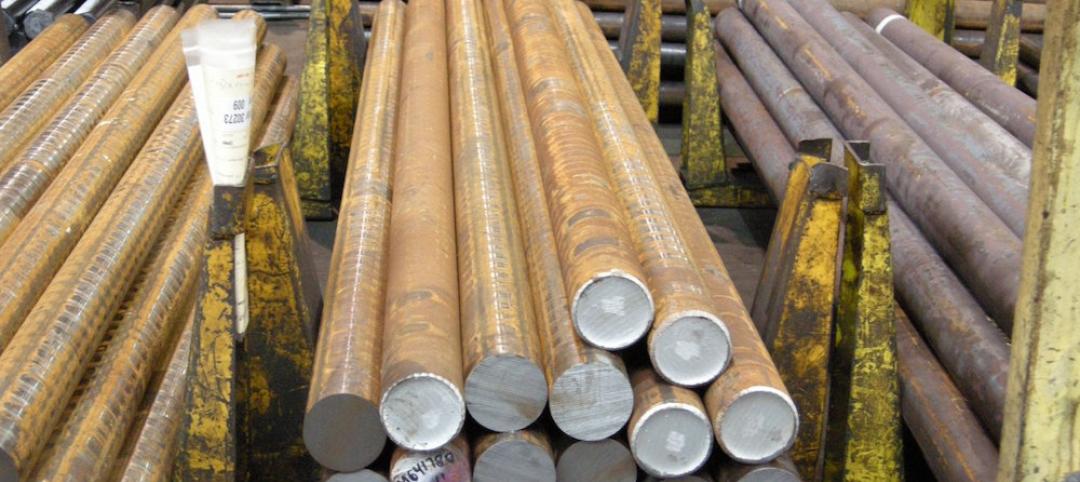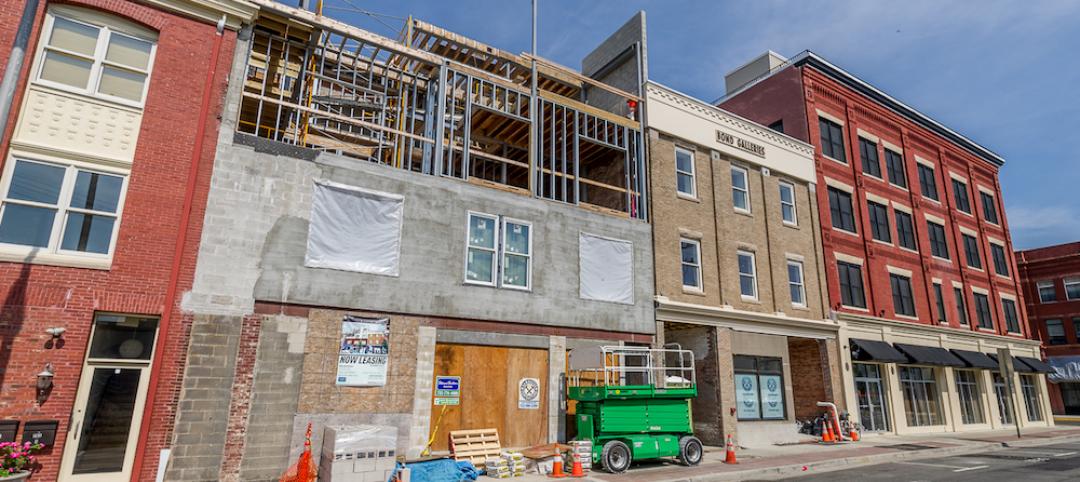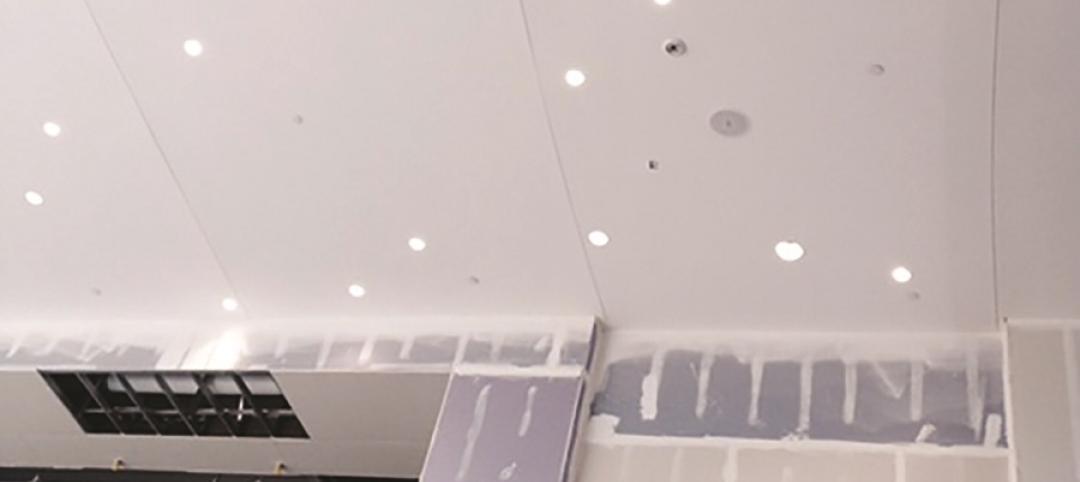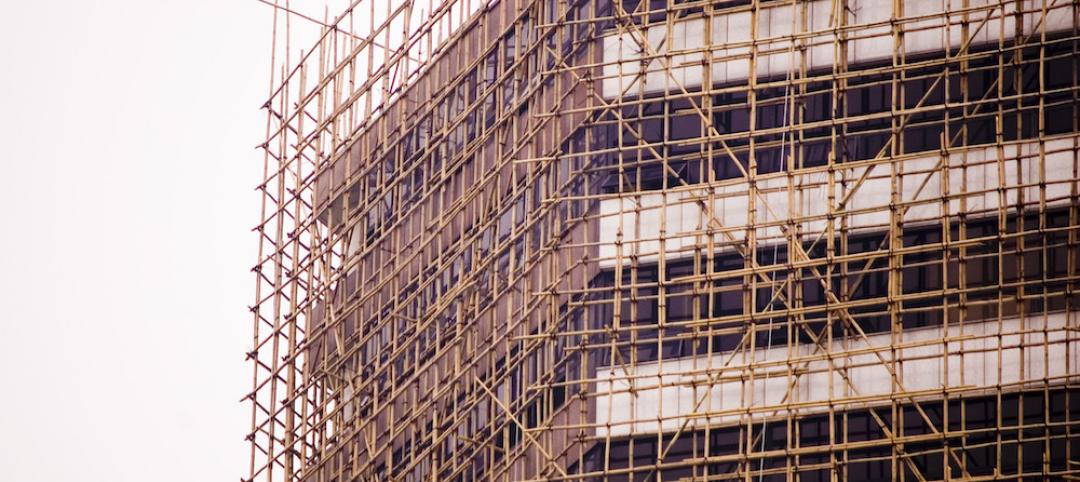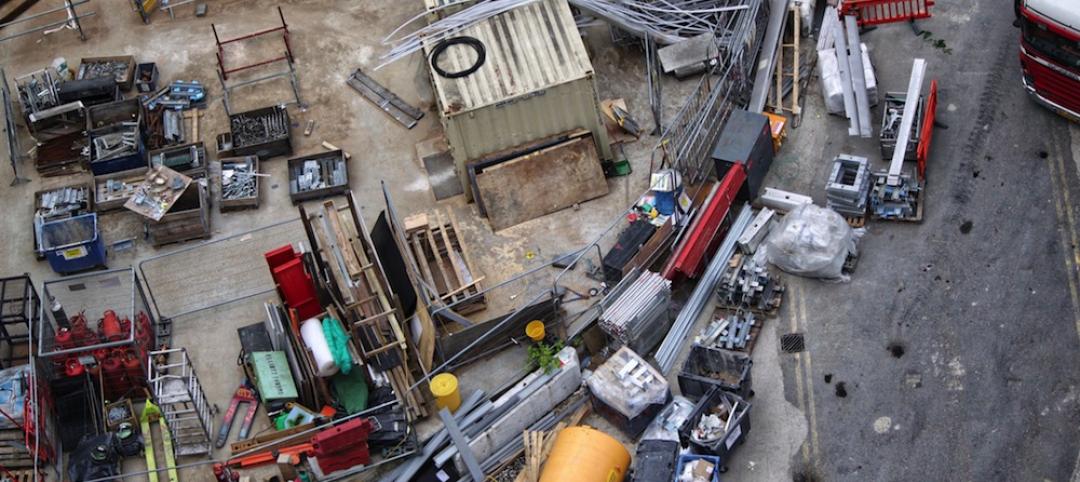A new report from the Associated Builders and Contractors found that prices for inputs to construction industries rose by 1.1% in May—the largest month-over-month increase in more than two years. The rise is also the third time in the last 10 months that construction materials prices have grown on a monthly basis.
Although prices saw gains in May, year-over-year prices dropped by 3% in May and have now fallen by more than 3% in each of the first five months of 2015. Of the 11 key construction inputs, only three experienced monthly price increases in May.
"Commodity markets experienced a reversal of several patterns that have been in place for many months in May," said Associated Builders and Contractors' Chief Economist Anirban Basu. "Most notably, key energy prices rose meaningfully, with oil prices rising to roughly $50 per barrel. While natural gas prices did not rise for the month according to the producer price index, they remained relatively flat after falling by more than 10% in three of the year's first four months. Many economic forces were at work, including a weaker U.S. dollar. Many commodities are priced in dollars, which helps to lay a floor under the associated prices. With the European economy showing signs of life the dollar's rise against the euro has effectively stalled."
Basu added that stakeholders should not consider this news the beginning of a new trend as there are several reasons to expect the U.S. dollar to advance against other major currencies over the course of the next few months. Of these expectations, there's an anticipated shift in monetary policy. An increase in interest rates will help to suppress further increases in commodity prices including those related to energy.
Only three of the key materials' prices increased in May:
• Crude petroleum prices expanded 15.6% in May but are down 42% from the same time last year.
• Crude energy materials prices gained 7.7% in May but are 37.3% lower year-over-year.
• Nonferrous wire and cable prices expanded 0.9% on a monthly basis but shed 2.8% on a yearly basis.
Eight of the 11 key construction inputs did not expand for the month:
• Fabricated structural metal product prices dropped 0.5% lower for the month but have expanded 0.8% on a year-over-year basis.
• Natural gas prices fell 1.7% in May and are down 48.4% from the same time one year ago.
• Prices for plumbing fixtures remained flat in May and are up 4.9% on a year-over-year basis.
• Prices for prepared asphalt, tar roofing and siding fell 1.5% for the month and are down 1.9% on a year-ago basis.
• Iron and steel prices fell 1% in May and are down 14.9% from the same time last year.
• Steel mill products prices fell 2% for the month and are 11% lower than one year ago.
• Softwood lumber prices fell 2.5% and are 7.9% lower than one year ago.
• Concrete product prices remained flat in May and are up 4.9% on a yearly basis.
Related Stories
Sponsored | Building Materials | Aug 22, 2016
Mind the Gap
Temporary Expansion Joints in Large Structures
Building Materials | Jun 16, 2016
ABC: Construction material prices rise again in May
Nonresidential construction price gains were largely driven by iron and steel prices and steel mill product prices.
Green | Jun 2, 2016
USGBC offers new LEED pilot credit: Building Material Human Hazard and Exposure Assessment
For assessing human health-related exposure scenarios for construction products.
Building Materials | Jun 1, 2016
MIT study: Microscopic structure of natural materials can inspire better concrete
Bones and sea sponges are highly organized at the molecular level, while concrete consists of random composites.
Sponsored | Building Materials | May 25, 2016
Materials Manufactured to Move Protect Southwest Energy’s New Office
Codes and Standards | May 20, 2016
Industry leaders call for wider use of bamboo as a building material
Benefits include seismic resiliency and sustainability.
Building Materials | Apr 8, 2016
AIA: Architects release first white paper on materials transparency and risk
It provides the steps architects should be taking to ensure change, promote openness, and increase collaboration between themselves, their suppliers, and their clients.
Market Data | Feb 26, 2016
JLL upbeat about construction through 2016
Its latest report cautions about ongoing cost increases related to finding skilled laborers.
| Jan 28, 2016
AIA CES class: The rainscreen approach to a better building envelope
Building envelope expert Bradley Carmichael of Hoffmann Architects explains how rainscreen wall systems work and evaluates the effectiveness of various rain-control methods, including mass walls, perfect barriers, and masonry veneers. This AIA/CES class is worth 1.0 learning unit.




